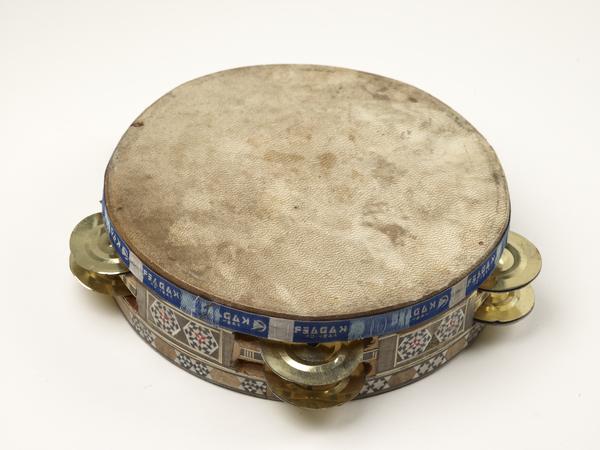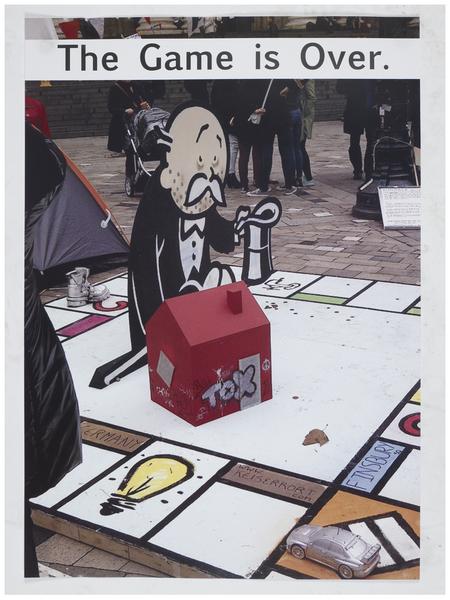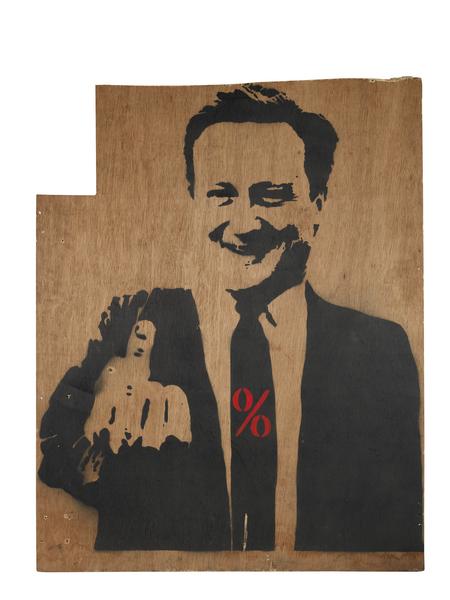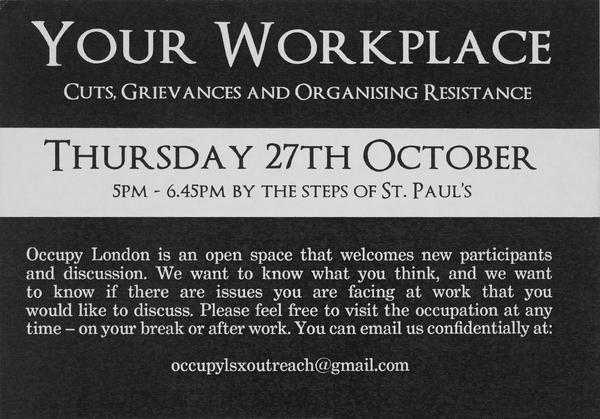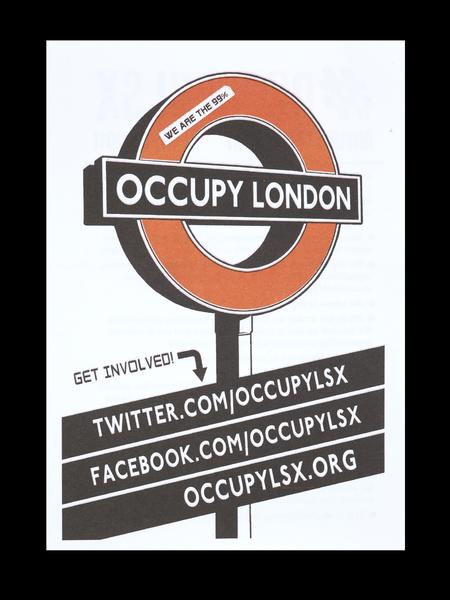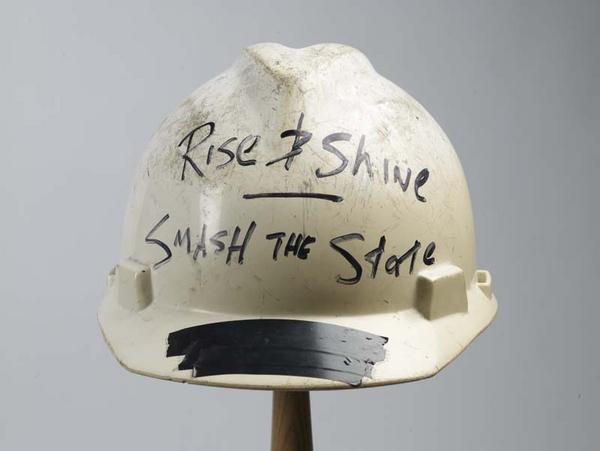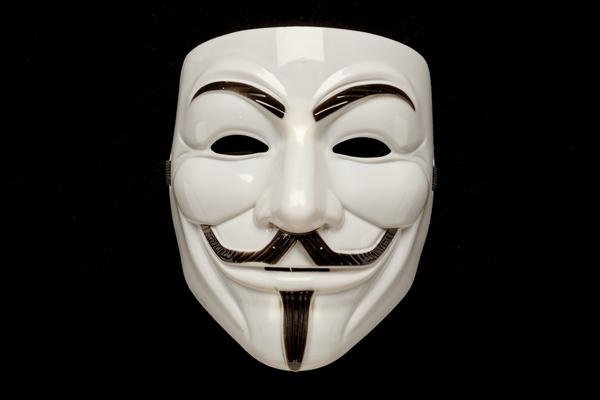Occupy London: Looking back at the 2011 protests
In autumn 2011, anti-capitalist protesters inspired by Occupy Wall Street and Movimiento 15-M marched to St Paul’s Cathedral. They camped there for five months. Our collection includes photos, banners and other objects that tell the story of their protest.
St Paul’s, Finsbury Square & Sun Street
15 October 2011 – 28 February 2012

St Paul’s Cathedral
On 15 October 2011, 3,000 people marched to the London Stock Exchange to occupy it. Met by police resistance, they moved to St Paul’s, where Occupy LSX set up the first of three camps in London’s financial district. The camp was christened with speeches from LGBTQ+ human rights activist Peter Tatchell and WikiLeaks founder Julian Assange.

Tent City University
The St Paul’s camp lasted until February 2012. During this time, the cathedral was closed to the public for the first time since the Second World War. Within the camp, activists established a library and a space hosting lectures and group discussions. There was a press tent, a tech tent (the camp had its own livestream), and a welfare tent supporting rough sleepers who eventually joined the camp.

The Bank of Ideas
After St Paul’s, other camps were set up at the nearby Finsbury Square, and a disused UBS office complex on Sun Street, which protestors called the Bank of Ideas. The activists at the Bank of Ideas were evicted from the building in January 2012. This peace flag was flown from the roof.

We are the 99%
The Occupy movement campaigned globally against the increased concentration of income and wealth in the hands of the wealthiest 1% of the population. It also questioned goverments’ bailout of financial institutions following the 2008 financial crisis, and the rollout of austerity policies and cuts to public services affecting 99% of the population.

What was the aim of Occupy?
Occupy called for a radical social, environmental and political change. It also expressed solidarity with the pro-democracy movements across North Africa and West Asia, which kicked off in Tunisia in 2010. Occupy wasn’t created by a centralised group, nor did it result in a formal political movement. It embraced shared decision-making, the goal being a new democratic model that would follow the will of the people.

The Occupied Times of London
Occupy had their own weekly newspaper, The Occupied Times (OT) of London. The first issue was published just nine days after the occupation began, with a print run of 2,000 copies. For the first six weeks, the weekly paper was produced out of a tent by a small but dedicated team. OT gradually increased in pages, becoming a monthly publication of around 20 pages after six months.

The Guy Fawkes mask
Guy Fawkes, known for his failed 1605 plot to destroy the British Parliament, has evolved into a symbol of defiance and the fight for justice. In the 2000s, a Fawkes mask inspired by the 1980s graphic novel V for Vendetta became popular in activist circles via Anonymous, a hacktivist group. The mask became a symbol of the Occupy movement globally. This one in our collection came from St Paul’s.

How did the Occupy camp end?
On 18 January 2012, the City of London Corporation won a legal battle to evict the protestors from St Paul’s. On 28 February 2012, bailiffs and police moved in, clearing the camp. Two years later, in 2014, Occupy London attempted to set up a new camp in Parliament Square, but it only lasted nine days.

